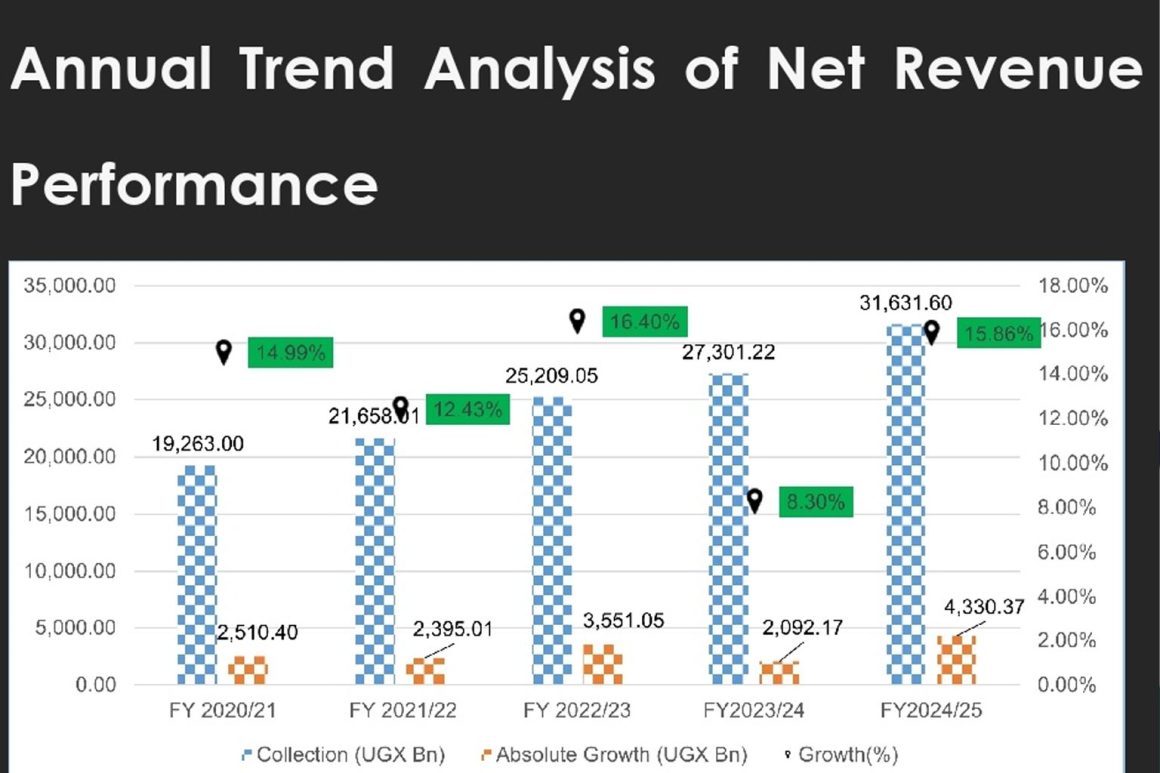Introduction
Understanding Uganda’s Balance of Payments (BoP) offers critical insight into the country’s economic health, external vulnerabilities, and global trade dynamics. In 2025, Uganda’s BoP reveals how oil-related investments, gold exports, remittance fluctuations, and external borrowing shape the nation’s macroeconomic trajectory.
1. What Is the Balance of Payments?
The Balance of Payments is a systematic record of all economic transactions between Uganda and the rest of the world. It comprises three main components:
- Current Account: Tracks trade in goods and services, primary income (e.g., interest and dividends), and secondary income (e.g., remittances and aid).
- Capital Account: Covers capital transfers and acquisition/disposal of non-financial assets.
- Financial Account: Reflects cross-border investment flows—foreign direct investment (FDI), portfolio flows, loans, and banking capital.
2. Current Account: Deficits and Composition
Recent data show a consistent current account deficit, reflecting imports outpacing exports plus income inflows.
- 2024: Deficit of ~USD 4.8 billion, up 27.6% from USD 3.8 billion in 2023, driven by soaring imports tied to oil sector development and weakened remittances/grants. Uganda
- Imports: Reached USD 12.22 billion (+20.3%), fueled by machinery, base metals, and oil infrastructure. Exports grew 22.1% to USD 8.55 billion, aided by coffee, cocoa, and gold. Uganda
- Quarter 1, 2025: Current account deficit stood at USD 723 million (~9.2% of GDP), narrowing from ~USD 1.02 billion previously. Trading Economics
3. Financial Account: Investment Landscape
- FDI Flows: Remain robust, thanks to ongoing investments in oil projects and mining. IMF eLibraryBusiness Focus
- Other Financial Flows: Portfolio flows and debt financing lag, restraining reserve buildup. IMF eLibrary
- Q1 2025: Capital and financial account deficit reached USD 1.03 billion. Trading Economics
4. Structural Imbalances: External Liabilities & FX Exposure
Uganda’s non-financial corporate (NFC) sector carries significant external debt. In 2022, net external indebtedness was around 35% of GDP—a figure that could rise to 44% under sustained exchange rate depreciation. IMF eLibrary
5. Shifts Ahead: Oil, Reserves, and Long-Term Outlook
- Oil Production Onset: The IMF anticipates double-digit economic growth (~10.8% in FY2025/26) as crude oil production begins. This is expected to fuel future export revenues, improving BoP. Reuters
- Gold Exports Surge: In 2023, Uganda’s gold exports jumped to USD 2.3 billion—over 10 times the previous year—thanks to new processing capacity and tariff suspension. Reuters
- Foreign Exchange Reserves: As of June 2024, reserves hovered around USD 3.2–3.7 billion (below the 4-month import target), pressured by debt servicing and limited external inflows. IMF eLibrary+1
6. Summary Table
| Component | Recent Trend |
|---|---|
| Current Account | Large deficit—imports exceed exports + earnings |
| Trade Balance | Persistent deficit; oil imports and machinery rise |
| Financial Account | Heavy reliance on FDI; weak portfolio inflows |
| Corporate FX Exposure | Elevated external debt—FX risk exposed |
| Reserves | Below recommended import coverage |
| Growth Outlook | Boost from oil & gold exports |
Conclusion
Uganda’s BoP position in 2025 underscores key economic dynamics—a widening current account deficit tied to oil-sector investments, offset partially by export rebounds and rising gold earnings. Moving forward, managing external debt, strengthening reserves, and converting oil potential into sustained revenue will be essential for external resiliency.


Leave a Reply